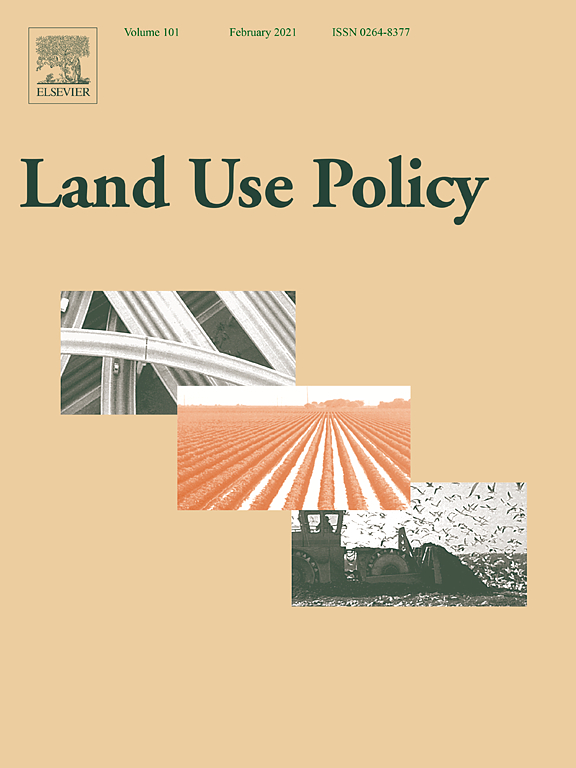Forestry paradigms and policy change: The evolution of forestry policy in Britain in relation to the ecosystem approach
Forestry policy and practice in Britain has been subject to a series of paradigm changes since the establishment of the Forestry Commission in 1919. Drawing on a documentary analysis of legislation, published policy statements, commentaries and scholarly critiques, this paper argues that British forestry policy has undergone three significant paradigm shifts since it was first mooted in the late 19th century.


